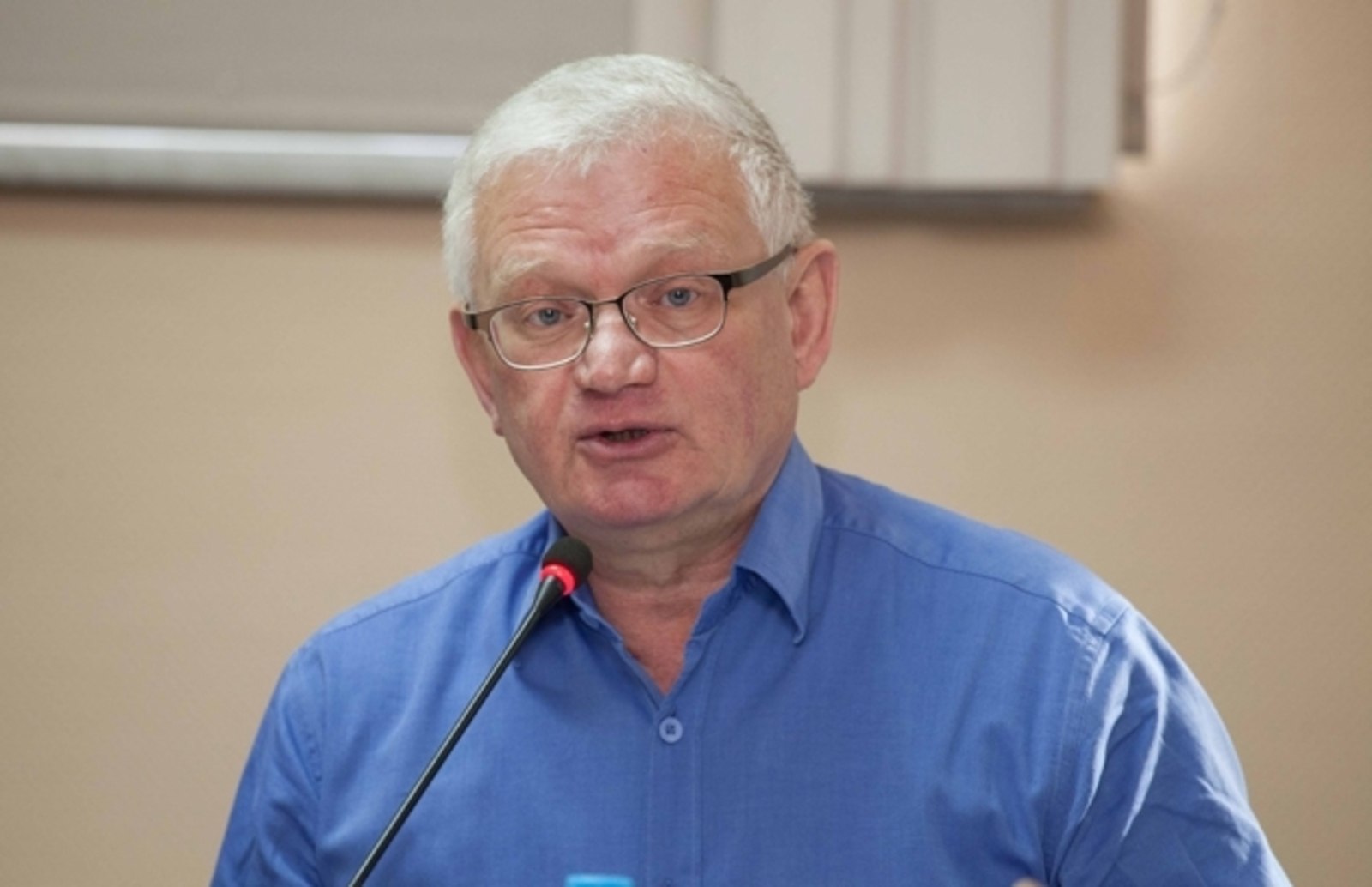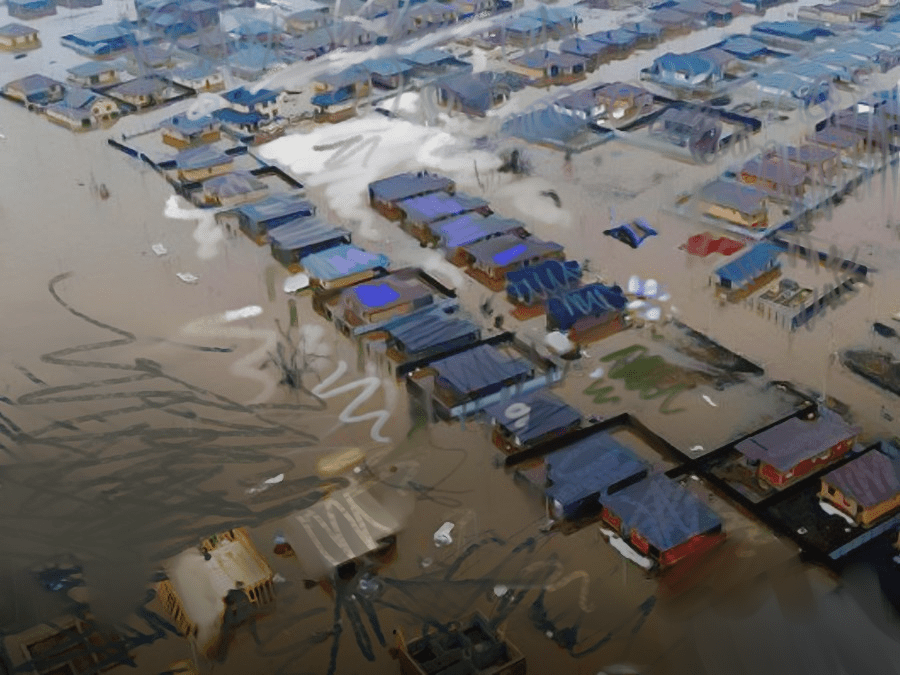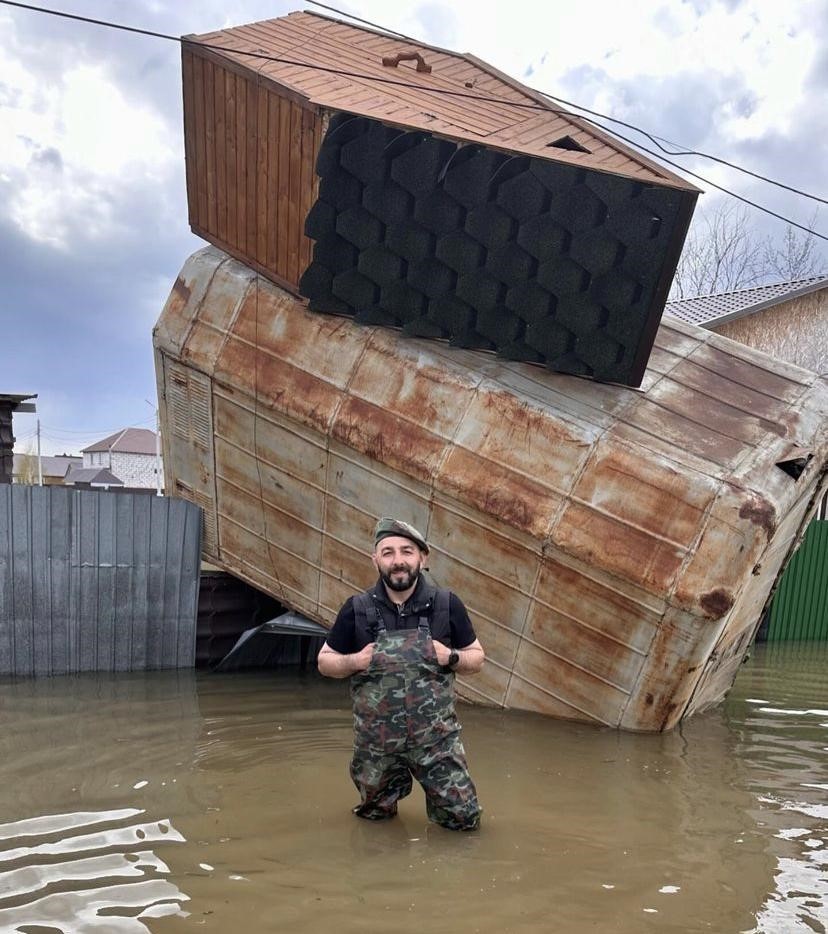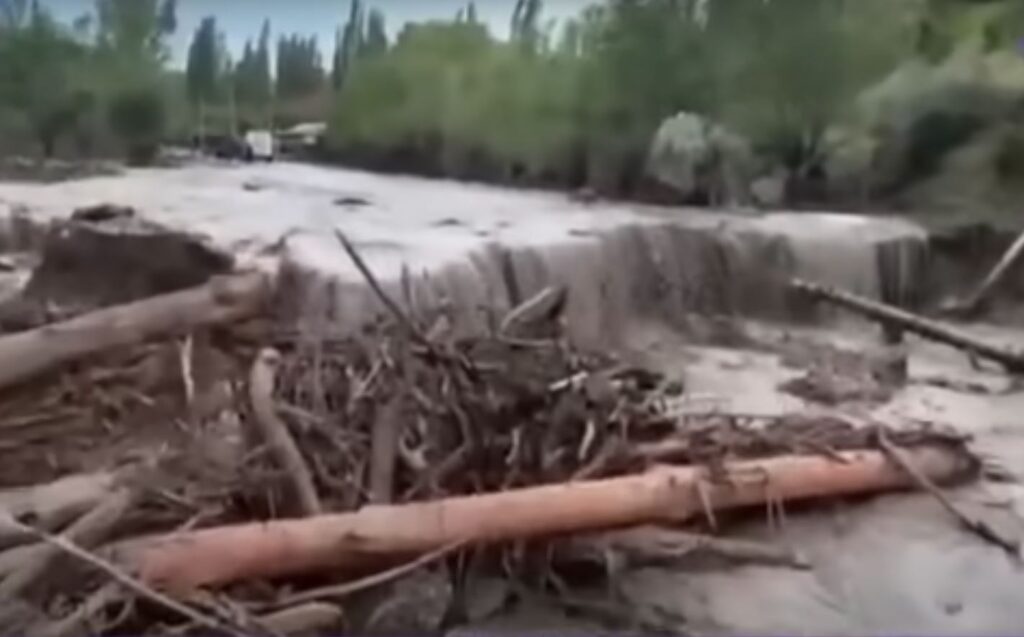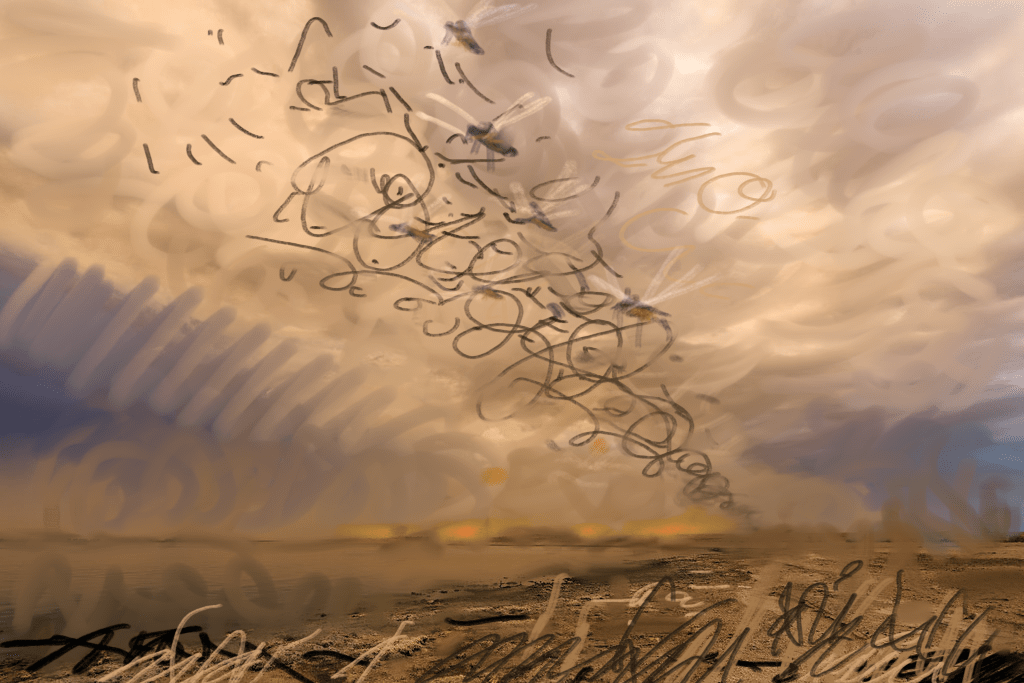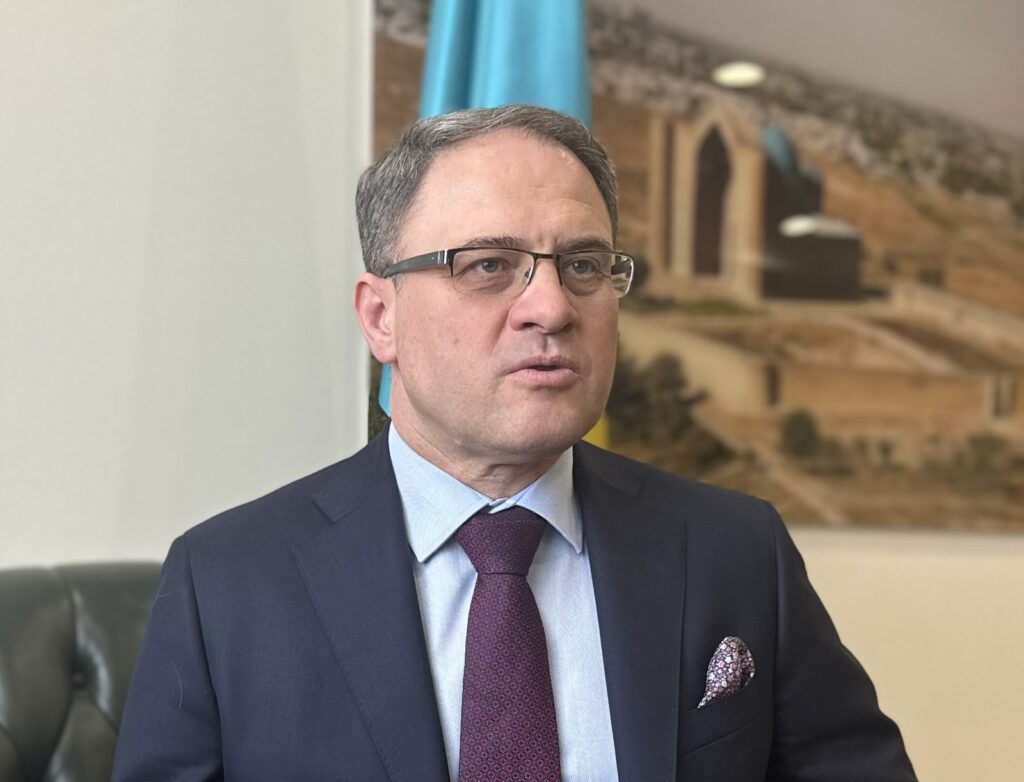Lack of funds, the predominantly commodity-based nature of their economies, and the inability to reach agreement at a national level make the Central Asian republics vulnerable to natural disasters, Dr. Petr Svoik, Ph.D, a Kazakhstani economist and former head of the Anti=monopoly Policy Committee has told the Times of Central Asia.
Between Low Water and Flood
Last year was marked by a drought in Kazakhstan, and at a critical moment for farmers, neighboring Kyrgyzstan stopped supplying water from the Kirov reservoir to the Zhambyl region, with the Kyrgyz authorities explaining that they were forced to cut off the water supply because of a severe shortage of water resources in the Chu and Talas Rivers for their own agricultural producers.
Additionally in 2023, experts stated that the entire Eurasian region is entering a period of low water levels, which means agricultural and livestock sectors are threatened with permanent damage from drought. For Kazakhstan, the water problem is particularly acute, as many of the main water arteries are trans-boundary. This is true not only of the southern regions, but also along the Caspian Sea, which is supplied by Russia’s Volga River, and the regions dependent on the Ural River in northwest Kazakhstan, which are at risk of drying up.
However, the spring of 2024 has been marked by historic flooding. As of today, according to Kazakhstan’s Ministry of Emergency Situations, ten regions of Kazakhstan are subject to flooding, with even multi-story buildings flooded in the regional centers of Kostanay, Aktobe and Atyrau. In a few days, according to the Ministry of Emergency Situations, a “wave” from Russia, where the major cities of Orsk and Orenburg are in danger, will come to Kazakhstan. Such a natural disaster hasn’t happened in about 80 years, President Tokayev said.
Drought and floods carry extraordinary costs, not to mention social damage. Every year, Kazakhstani villagers claim they are on the brink of ruin, and the state budget allocates significant funds to support them. As for floods, according to the World Bank, more than 1.1 million people have been affected in the five Central Asian states alone since the collapse of the Soviet Union. Each year, natural disasters in the region cause more than $10 billion in losses and affect the lives of nearly 3 million people.
In Kazakhstan alone, 1.5 million people are at risk from river overflows, according to the Ministry of Emergency Situations. The country has allocated 7 billion tenge ($15.653 billion) for flood control in 2024 – but these funds are inadequate.
Political and Economic Losses
According to Petr Svoik, floods represent reputational losses for the authorities. The population loses property and faith in the authorities’ ability to do something. Moreover, floods by definition have a high degree of predictability because of meteorological forecasts. “What is the problem of predicting the volume of water discharge in a couple of weeks, taking into account which reservoirs will overflow, and which ones need to be strengthened? For some reason, the authorities do not use elementary meteorological data,” Svoik told TCA.
According to Svoik, flood control measures require serious costs, which the republic is unable to bear. “We need strong hydraulic structures, and dams at least 1.5 meters above the limit level. And not just earthen dams, but at least partially reinforced ones. Unfortunately, the post-Soviet economies are not able to provide the necessary level of financing, as too many resources are transferred abroad. The government realistically does not have the required funds. The plundering of money is the second reason,” Svoik emphasized. Similar problems exist in the sphere of industrialization in general, he believes.
A Regulator Is Needed
The situation is complicated by the fact that almost all of the major rivers in Central Asia are over-dammed and under collective use. Thus, no single country can provide full protection against droughts and floods, with each country dependent on its neighbors in the region – which for Kazakhstan includes Russia.
“Collective action in a supranational format is possible only through a formal association, in which there is a defined executive body with the competence to make decisions approved by all participants. In Soviet times, the hydro-technical sector was managed in a centralized manner, and issues of water, electricity, gas supply, and transport were likewise solved in this manner. This allowed for situations where one republic cuts off water to another or floods territories to be avoided. Now, it’s practically impossible for Kazakhstan and Kyrgyzstan to come to an agreement; each has its own truth. When an acute issue arises, two deputy prime ministers meet and resolve it in fire-fighting mode. But strategically it’s impossible to resolve anything, although the presidents of the Central Asian countries regularly communicate and try to cooperate,” Svoik told TCA.
According to Svoik, there are actually no supranational structures capable of regulating water problems. “There is only one interstate structure – the Supreme Eurasian Economic Council – where ministers of the Eurasian Economic Union (EAEU) countries can, among other things, make decisions regarding water resources, but these decisions are made by consensus. There is no center that adopts arbitration and final order. That is, this body cannot resolve a water dispute between, say, Kazakhstan and Kyrgyzstan, and there is no economic effect,” the expert emphasized.
Under the current circumstances, Dr. Svoik pointed out, when Russia is unable to cope with its own terrible floods, it cannot serve as an authority in water regulation issues; besides, its main resources are spent on [its vision of the] new world order. Therefore, taking into account the forthcoming climatic crises, in particular the increase in the average air temperature in the Central Asian region, in the future we are expecting more financial and social shocks associated with rampant natural disasters.
“The higher the deterioration of hydraulic structures, the greater the threat. It is important to understand that there cannot be a separate Kyrgyz, Kazakh, Uzbek or Russian solution to the current situation. There must be a center to which the participants will delegate the authority to ensure water and energy security,” Svoik concluded.
